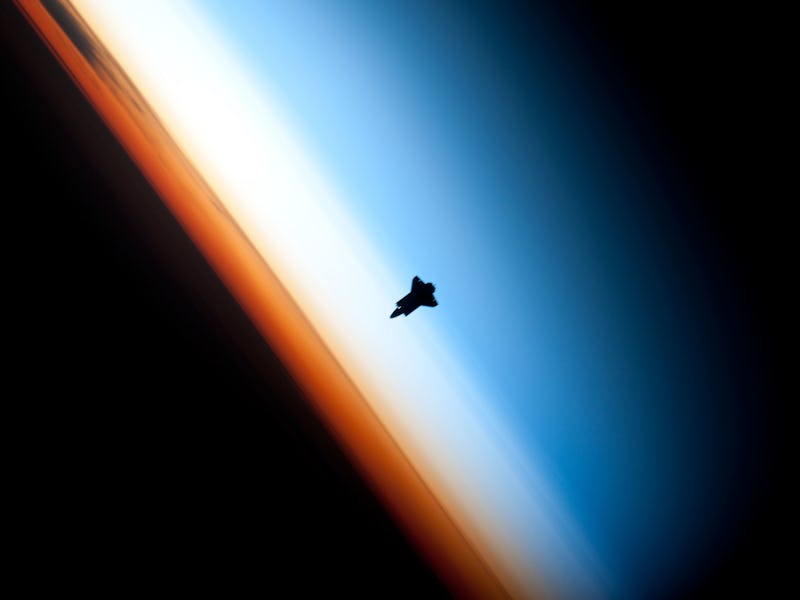The Stratosphere Did Something Weird, and We Don't Know Why
Did humans break the stratosphere?

Meteorologists used to be able to count on the quasi-biennial oscillation. Up in the stratosphere, a mysterious but reliable wind pattern played out every 28 months or so. The cycle might vary, but the trend was always the same. That is, until last winter, when things went a little nuts.
“The quasi-biennial oscillation is the stratosphere’s Old Faithful,” said Paul Newman, chief scientist for earth sciences with NASA, in a news release. “If Old Faithful stopped for a day, you’d begin to wonder about what was happening under the ground.” Newman is the lead author of a paper published last week in Geophysical Research Letters describing the unprecedented deviation for the first time.
The stratosphere is a layer of Earth’s atmosphere that sits about 10-30 miles up from sea level. It’s above the troposphere, which is the layer that produces just about all the weather we experience down below.
Normally, the quasi-biennial oscillation works like this: At the beginning of a cycle, strong westerly winds flow through the stratosphere along the equator. Over many months, these winds both weaken and decline in altitude. Through this process, winds from the east gain strength and gradually replace the westerlies from above, but over time they too sink and weaken, and the cycle begins again.
See the blue upwelling on the far right? That should never have happened.
On average, a full oscillation takes 28 months, and it isn’t tied to annual cycles. It’s influenced by gravity waves that result from the interaction of the stratosphere with denser air in the troposphere below. The time to complete the pattern can vary by many months, but the pattern itself hasn’t ever changed in records that date back to 1953.
That is, until September 2015. At that point, the westerlies were on their normal descent, but rather than fading away, they became stronger and rose higher, preventing the encroachment of the easterlies. This had never happened before — it was essentially a reversal of the expected events. The new pattern held for about half a year, until the western winds began to weaken again, signaling — maybe — a return to the status quo.
There’s a lot that’s still unknown about what caused this strange phenomenon, or what its consequences might be. So far, no climatic effects of the change have been observed closer to the ground, although the QBO does regulate ozone mixing, monsoon seasons, and other weather patterns, so there could be real fallout if the pattern is disrupted.
The authors of the study point to two potential culprits for the deviation: the recent strong El Niño event, and human-caused global warming. These are the usual suspects, responsible for all sorts of anomalous weather events over the past year. If and how these are connected to the quasi-biennial oscillation remains to be seen, but rest assured that lots of meteorologists are looking into it.
A bigger question is whether this deviation was a freak event, or a signal of what’s to come. Is it, as Newman puts it, a black swan or the canary in the coal mine?
Some meteorologists have taken to Twitter to trade theories, and one believes that it’s within the realm of possibility that the QBO is permanently disrupted, its usual rhythmic thrumbing interrupted by the superimposition of a new wave, elevated from warmer air in the troposphere below.
“This is the only thing I can think of and that is kind of crazy. It’s not out of the question that the QBO is broken,” writes Anthony Masiello.
Of course, it’s way too soon to say much of anything at all about how the stratosphere was disrupted, what will happen to it in the future, and what it will mean for the climate and the environment closer to home. Theories will have to be tested as new data comes in. But expect to hear the word “unprecedented” a lot out of the mouth of people who study climate and weather systems in the future.